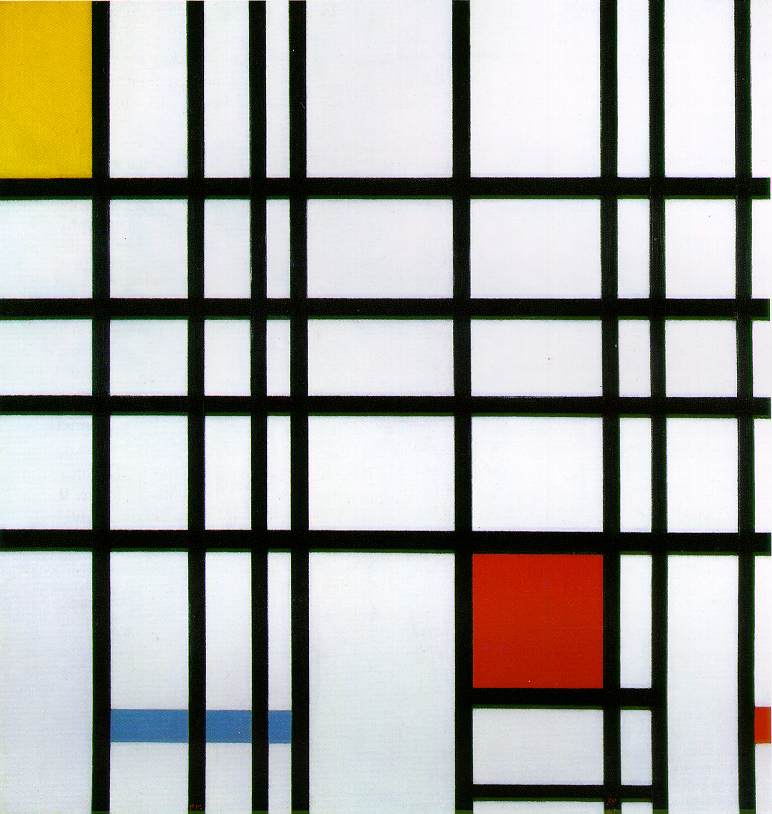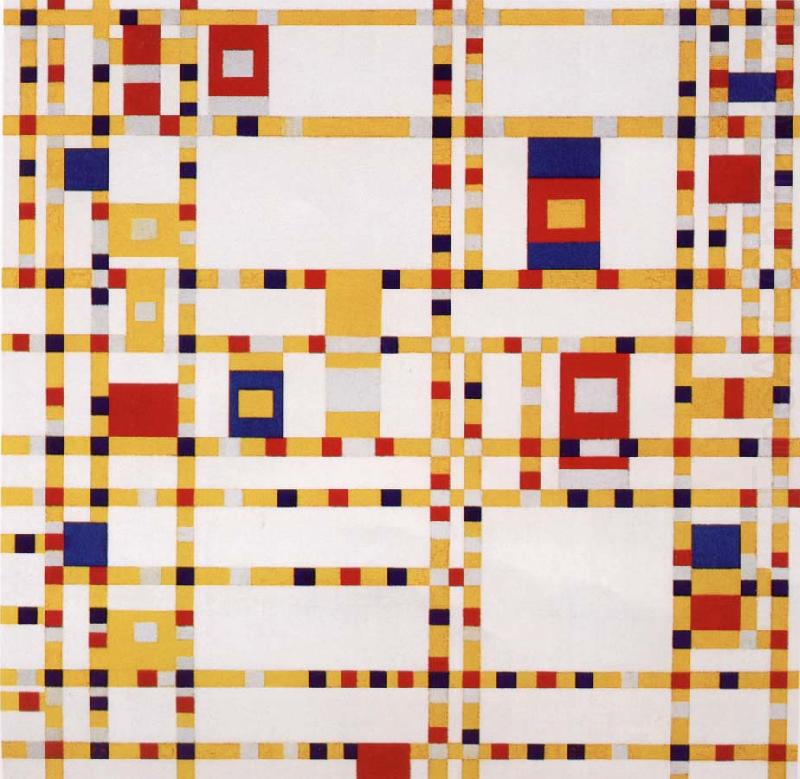The children were asked to share with one another what were some of the images they thought of when given the word 'Neighbourhood'.
People, buildings, shops, traffic light, basket ball court, playground, cars, LRT, coffeeshop, trees, cats, dogs, roads, supermarket...
Using the textured paper that they created from the previous lesson,
the children had to create a collage of their little neighbourhood using basic mediums
such as oil pastel and water colour.
The children had to first draw out the form of their buildings using basic shapes.
After cutting the buildings out, they were given an option to stick it on either white or black paper.
They could then use water colour for the background.
Isaac wanted his buildings to look like fish as his neighbourhood was going to be underwater.
"My building looks like a snowman. It will not melt easily as the ice is packed very tightly together
and the weather is always very cold."
"My building looks like a pineapple because
that is my favourite fruit!"
"I want to have a big swimming pool outside my house so that I can go swimming everyday."
Lines were used to represent wind in the two artworks below.
Notice how the lines are used differently in each art piece.
Artwork 1
Water colour was then added to create a more dramatic look.
Artwork 2
\
"I wanted to draw God, but I don't know how God looks like so I drew an angel. I drew and angel because I wanted God to look pretty" (It's interesting how children usually associate angels with beauty).
"I also drew a devil because there will always be a devil when there is an angel."
"This is my Crazy Park. The top is hell while the bottom is heaven."
The places are switched because this park is CRAZY! "
Notice how the stars are represented using lines, dots and colours.


















































